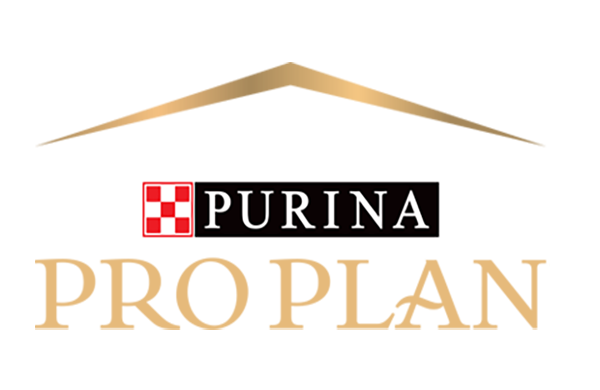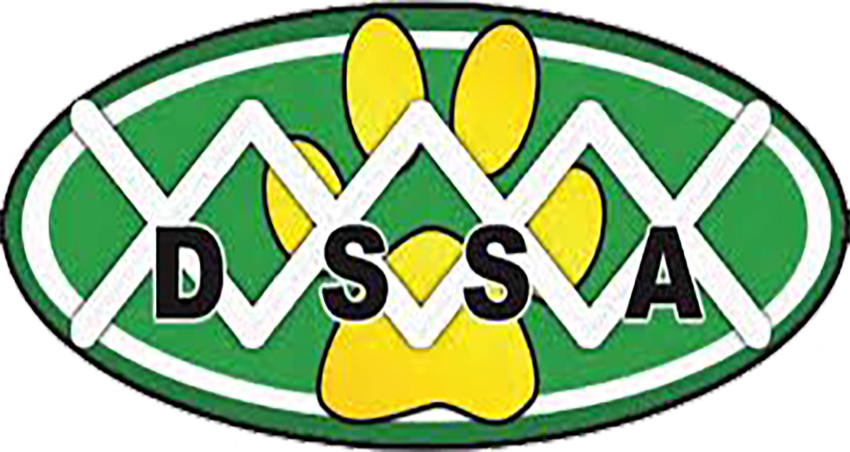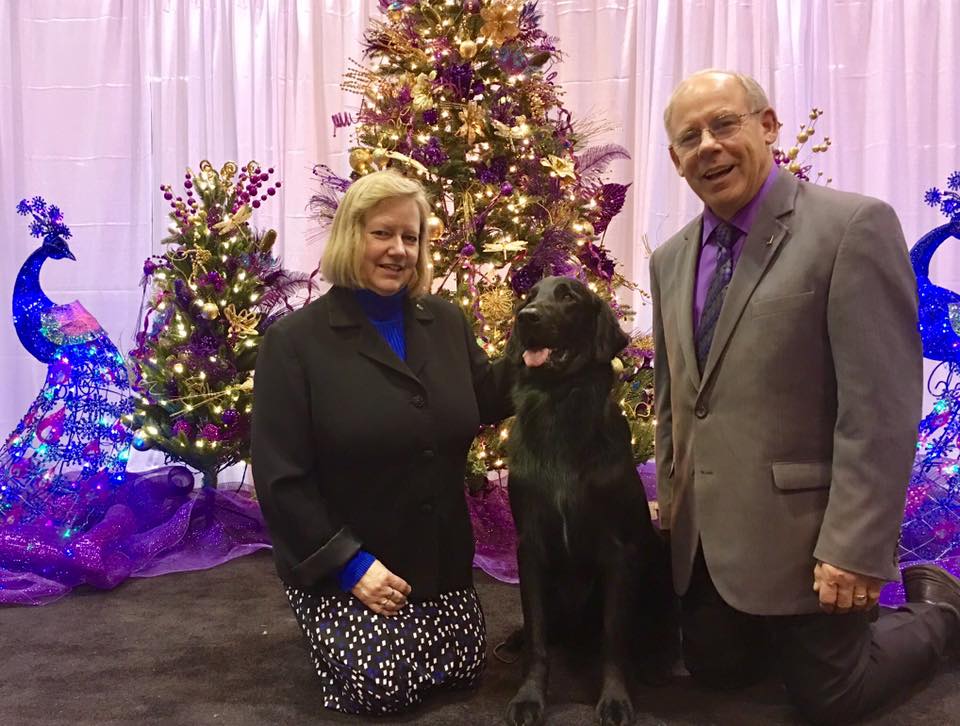291 – Shetland Sheepdog – Smart, Versatile, Adaptable
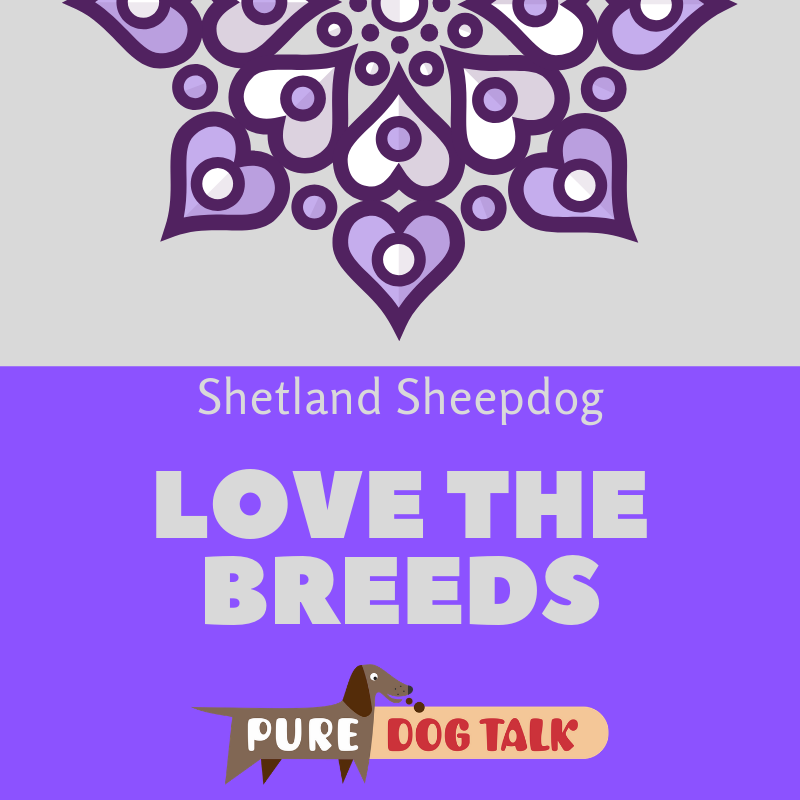
Shetland Sheepdog – Smart, Versatile, Adaptable
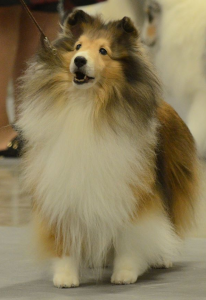
BISS Bronze GCh Solange Body Language, Flirt. Photo credit Cheryl Krajcar.
Host Laura Reeves visited the American Shetland Sheepdog Association National specialty for a multi-generational roundtable discussion of Shelties — what makes them good companions, fancy show dogs and fierce competitors in performance events.
The roundtable participants captured the breed beautifully. Shelties are “fancy for their size,” “athletic and eager to please,” “smart, versatile and adaptable.”
A long-lived, healthy breed, these experts said temperament and training impact how much vocalizing an individual dog will do.
While the experts agree that in years past, the quality of the sable color exceeded the others, today, they said, blue merle, tri and bi-black color dogs have improved in quality significantly.
Correct Sheltie expression, head planes and size are imperative to success in the show ring, our panel noted. They added that aspiring exhibitors need to be prepared for a “survival of the fittest” type commitment to the breed. A “young” breed, Shelties can be challenging to produce quality consistently, the panel noted, so new owners of show-potential pups are carefully screened.

ASSA Winners Bitch. Photo credit Cheryl Krajcar
According to “Shetland Sheepdog History” by Charlotte McGowan,
The history of the Sheltie is relatively recent and its earliest history is rather undistinguished. The Shetland Islands are remote and sparsely inhabited, although there is evidence of a long history as a stepping stone from Norway in ancient times. The general nature of the Shetland Islands, the windblown climate and somewhat sparse vegetation, have contributed to the miniaturization of livestock there in general. Because of the isolation of the Islands and the difficulty of making a living, animals there had to be very hardy.
The early native dogs were a very mixed lot but were generally very small, often 8-10 inches in height. It has been said that the ancestors of the dogs were Spitz type dogs brought from Scandinavia by early settlers, along with the large white Pomeranian, King Charles Spaniel, and smaller working sheepdogs from Scotland. The native dogs were rather inbred as no one kept more dogs than were needed for work.
The dogs were used to work Shetland Sheep, a small, extremely agile, almost goat-like breed. These original Island dogs were bred solely for utility. Because there are no fences on Shetland, the dogs did not do traditional sheep herding. They were used to drive sheep into rough stone enclosures so they could be dipped or “rooed,” as pulling the wool off them was called. They were also used to drive the rather wild sheep away from the crofter’s meager gardens. Another task was staying with the sheep on the more remote uninhabited islands in the summer. There they needed to be able to protect lambs from birds of prey like eagles, and traverse the seaweed covered rocks. The dog used its vocal abilities to bark at birds and scare them away. Barking was also a way to move sheep away from the croft and to locate the dog.
….
To continue reading this fascinating article, visit: https://www.americanshetlandsheepdogassociation.org/2016/07/08/shetland-sheepdog-history-mcgowen/
Our Valued Corporate Sponsors:
Our Esteemed Advertisers:
Our In-Kind Supporters:
KNOWLEDGE IS POWER — FRANCIS BACON
When you become a patron of Pure Dog Talk you’ll tap into an exclusive community of experts to help you and your dog be blue-ribbon best at whatever you do with your purebred dog! Your support helps keep the MP3's rolling at Pure Dog Talk!
As a supporter, you’ll immediately gain access to the weekly Pure Pep Talk SMS, Pure Pep Talk private Facebook group, and priority emails. Patrons can choose to level up to the After Dark Zoom and a Patrons Digital Badge for their website— even a private counseling session with Laura on any topic.

DON'T MISS AN EPISODE!!


